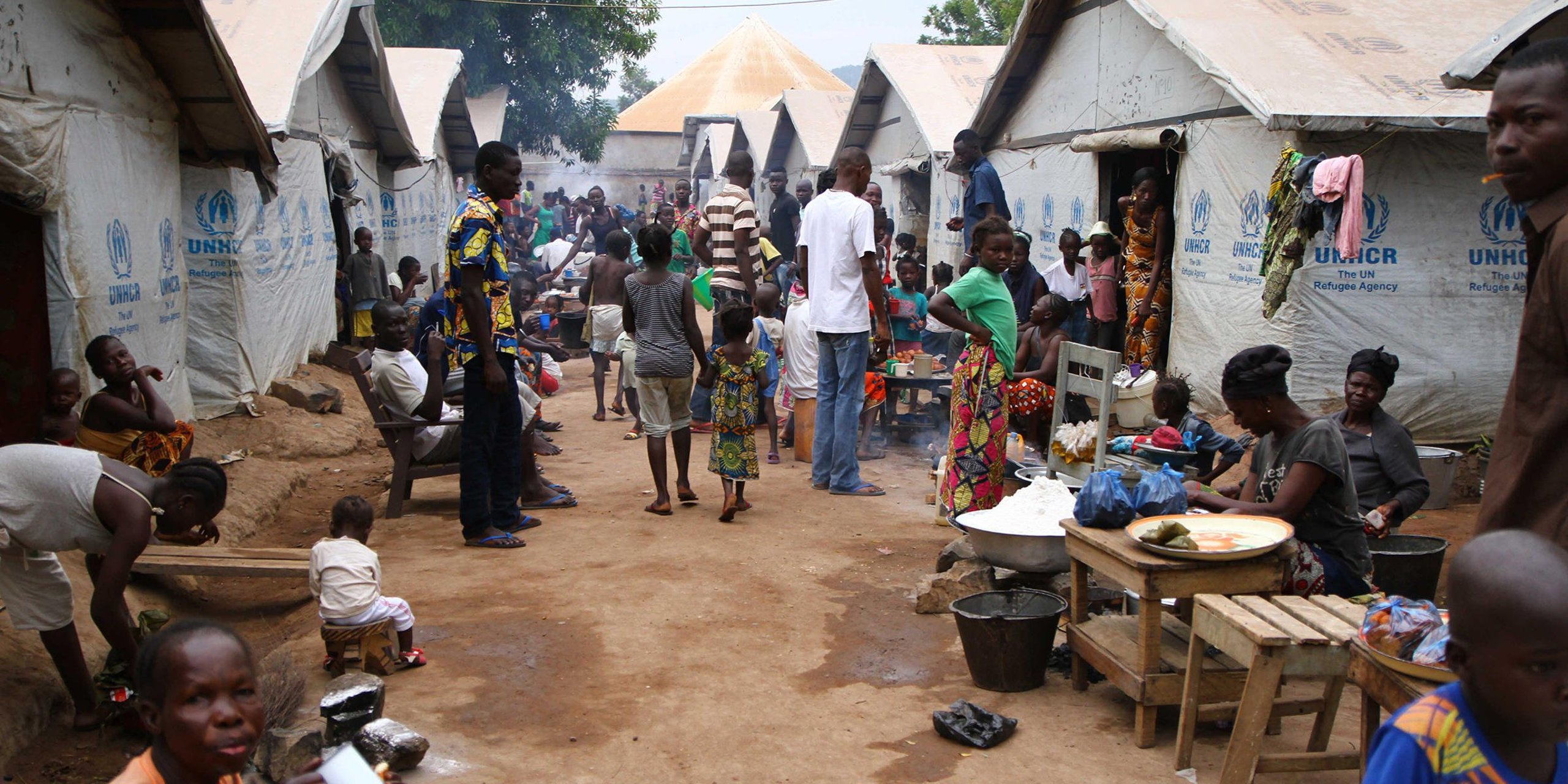
On 17 November, the European Union and the Government of CAR will host a conference in Brussels, bringing together donors to discuss the recovery of the poverty and conflict-ridden country. While the Norwegian Refugee Council (NRC) and Action Against Hunger (ACF) welcome the effort, we urge the international community not to ignore the continuing need for critical lifesaving humanitarian assistance, while simultaneously addressing recovery efforts where possible. Both lifesaving assistance and recovery efforts are essential in the current context.
Some 2.3 million people are in need of humanitarian assistance 1 , that is half of the country’s population. An estimated 2 million people are food insecure compared with 1.2 million people in 2015 2.
“While we need to help CAR on the road to recovery, humanitarian needs remain immense,” warned NRC’s Country Director in CAR, Maureen Magee.
Now, a few weeks before the launch of the Humanitarian Response Plan, a record low commitment to fund lifesaving assistance is imminent.
“The international community must commit to ensure critical humanitarian assistance, while also investing in more long-term development. Both types of funding need to be articulated. From experiences elsewhere, we have seen that a sudden and premature shift from lifesaving assistance to recovery efforts has had a negative impact on the humanitarian situation,” said Arnaud Lavergne, ACF’s Country Director in CAR.
“The endemic poverty and structural underdevelopment are part of the drivers of the conflict. We do need roads, bridges and other development efforts to help the country stabilize and recover, but it’s not a case of one or the other,” said Magee.
Stories we have been told by displaced people living in the capital Bangui echo these sentiments. They are not yet ready to return home and are still frightened by the security situation.
“I'm a carpenter, so it won't be too hard to rebuild our house which was destroyed in December 2013. But with the insecurity, it is not possible right now," said Raphael, a father of seven children living in one of Bangui’s displacement sites.
An upsurge of violence in several provinces in the Central African Republic has led to increased insecurity for civilians, notably in the current hotspots in Batangafo, Bocaranga, Bambari and Sibut. In Kaga-Bandoro, in Nana-Gribizi province, one site for displaced people was set on fire, forcing more than 12,000 people to flee yet again.
Humanitarian organisations are also directly affected by the violence, making it difficult to reach people in need. Since 2014, 458 aid workers have been targeted by violence and 20 have been killed. Violent incidents in September and October 2016, and threats to the lives and safety of aid workers, has led to the temporary relocation of relief staff. The houses of humanitarian workers have been burnt down and offices have been looted.
“Civilians, among them aid workers, must be protected, and people in need must have safe access to necessary humanitarian support. Only by ending the acute humanitarian suffering and insecurity will the country be able to move forward,” said Magee.
Key facts and figures about the humanitarian situation in Central African Republic:
- An estimated 2.3 million people are in needs of humanitarian assistance and protection. That’s half of the population of 4.6 million people.
- As of October 2016, over 385,000 people are displaced within the country, and another 466,000 have fled to neighbouring countries 3
- Humanitarian needs continue to surpass available resources. US$532 million is urgently required to cover the humanitarian needs in the Central African Republic in 2016. 11 months into the year, only 32 per cent of the funds have been raised.
- CAR rates second last in terms of development in the UN’s development index (187 out of 188 countries).
Note to editors
Free high resolution photos and stories of people displaced in CAR can be accessed here:
https://nrc.smugmug.com/Country-Programs/CAR/2016/Humanitarian-needs-among-IDPs-/
|
Media contacts |
Phone number: |
|
Tuva R. Bogsnes, Head of media and communications, tubo@nrc.no |
+ 47 93231883 |
|
Julia Belusa, Communication officer, jbelusa@actioncontrelafaim.org |
+331 70 84 72 22 |

